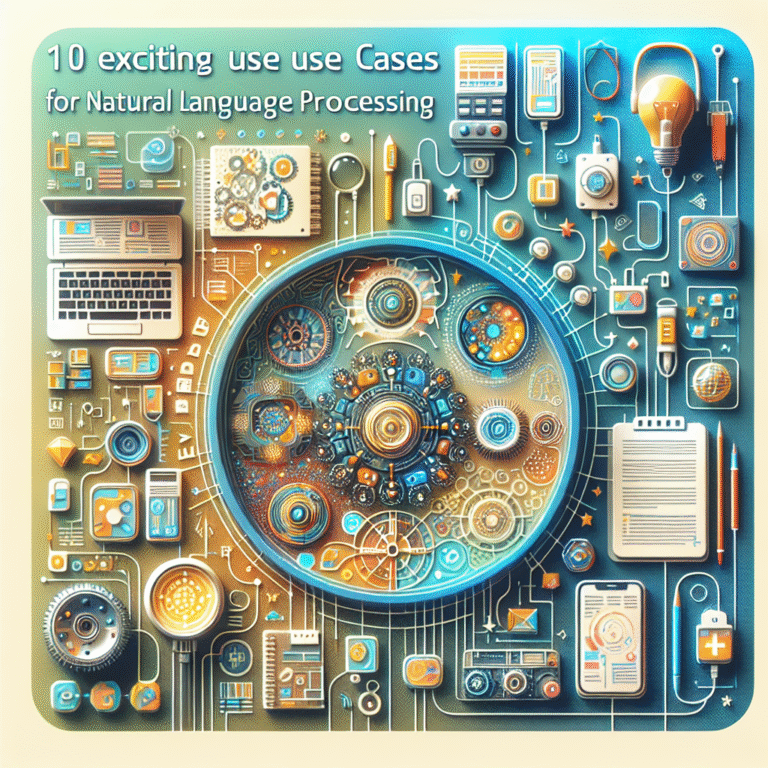
Blockchain technology has undergone a dramatic transformation since its inception, evolving from the underlying technology of Bitcoin into a powerful tool that is reshaping industries across the globe. What began as a decentralized ledger for peer-to-peer transactions has now grown into a versatile technology capable of streamlining supply chains, enhancing transparency, securing digital identities, and even enabling decentralized finance (DeFi). This evolution has sparked a revolution in how we think about data, trust, and value. But how did we get here? Let’s take a deep dive into the journey of blockchain—from its humble beginnings to its current role in enterprise solutions.
- The Birth of Blockchain: Bitcoin and the Promise of Decentralization
In 2008, an individual or group under the pseudonym Satoshi Nakamoto released the Bitcoin whitepaper, outlining a revolutionary new form of money and a decentralized ledger that would enable peer-to-peer transactions without relying on intermediaries like banks. Blockchain, the technology that powers Bitcoin, was born from this vision of financial autonomy and decentralization.
For the first few years, Bitcoin remained the most prominent use case for blockchain. The focus was simple: creating a decentralized digital currency that anyone, anywhere in the world, could send or receive without the need for a central authority. Bitcoin’s primary appeal was its ability to bypass traditional banking systems, which were often slow, expensive, and opaque. Its success in achieving decentralized, immutable transactions laid the groundwork for what blockchain could achieve in the future.
- Expanding Beyond Currency: The Rise of Smart Contracts and Ethereum
In 2015, Ethereum, proposed by Vitalik Buterin, introduced a paradigm shift in blockchain’s capabilities. Unlike Bitcoin’s blockchain, which was optimized for transferring value (i.e., digital currency), Ethereum’s blockchain introduced the concept of smart contracts—self-executing contracts with the terms of the agreement written directly into lines of code.
This innovation opened the door to a wide range of decentralized applications (dApps) and use cases beyond simple financial transactions. With Ethereum, developers could now build decentralized platforms for everything from gaming and social media to lending and insurance. It wasn’t just about transferring money; it was about creating trustless systems for any type of agreement or exchange.
The introduction of Ethereum also paved the way for other blockchain projects to explore specialized use cases, such as supply chain management (e.g., VeChain) and tokenization of real-world assets (e.g., Polymath). These early advancements expanded blockchain’s potential beyond currency, and the excitement for what the technology could achieve grew exponentially.
- Scalability and Interoperability: Blockchain’s Growing Pains
As blockchain technologies gained traction, certain limitations became clear. Ethereum, for example, faced significant scalability issues, as the network could only process a limited number of transactions per second (TPS). This led to high transaction fees and slow confirmation times, particularly during periods of high demand. For blockchain to truly scale beyond cryptocurrency applications and become a mainstream solution, addressing scalability and performance issues was crucial.
In response, numerous new blockchains emerged that focused on improving speed, scalability, and transaction costs. Projects like Polkadot and Cosmos introduced interoperability solutions, allowing different blockchains to communicate and share data in a decentralized way. Meanwhile, Layer 2 scaling solutions like Lightning Network for Bitcoin and Optimistic Rollups for Ethereum began to solve some of the most pressing challenges around speed and efficiency.
These innovations paved the way for blockchain’s adoption in more serious, real-world applications, such as supply chain tracking, healthcare, and voting systems—fields that require both high throughput and secure, transparent data.
- Enterprise Blockchain: Blockchain Goes Corporate
As blockchain technology matured, it caught the attention of large enterprises, and businesses began to realize that blockchain could offer more than just cryptocurrency or dApps. Large corporations were beginning to look for ways to leverage blockchain to streamline their operations, improve transparency, and reduce costs.
Enter enterprise blockchains. These are private or permissioned blockchain networks that are tailored to the needs of large organizations. Companies like IBM, Microsoft, and Oracle spearheaded the development of blockchain solutions for industries such as finance, supply chain management, and healthcare.
A key feature of enterprise blockchains is that they allow businesses to maintain control over who participates in the network while still benefiting from the security, immutability, and transparency that blockchain offers. For example, IBM’s Hyperledger Fabric and R3’s Corda are designed to facilitate secure, transparent transactions within a closed ecosystem, such as a consortium of banks or supply chain partners.
The idea is simple: blockchain offers a trusted way to share and verify information across multiple organizations without the need for a centralized authority, thereby reducing fraud, improving efficiency, and increasing trust between parties.
- The Future: Web3, NFTs, and Decentralized Finance (DeFi)
Today, blockchain is at the heart of some of the most exciting and disruptive trends in technology, such as Web3 (the decentralized internet), non-fungible tokens (NFTs), and decentralized finance (DeFi).
Web3 aims to give individuals greater control over their data, identities, and digital assets by creating decentralized applications that run on blockchain technology. Web3 is a vision of an internet where users are not bound to centralized platforms and can interact in a more transparent, secure, and sovereign manner. This includes decentralized social networks, file storage, and even search engines, all built on blockchain.
DeFi, the rapidly growing sector of decentralized finance, enables users to trade, lend, borrow, and earn interest without the need for traditional banks or financial institutions. Platforms like Aave, Compound, and Uniswap allow users to engage in financial services in a peer-to-peer manner, democratizing access to financial products across the globe.
NFTs, on the other hand, have become a game-changer for digital ownership. These unique digital assets, powered by blockchain, represent ownership of a piece of digital content, whether it’s artwork, music, or virtual real estate. NFTs have allowed creators to monetize their work in entirely new ways, while also introducing new possibilities for gaming and digital collectibles.
- Blockchain Today: A Catalyst for Innovation Across Industries
What was once considered a niche technology for cryptocurrencies is now a cornerstone of innovation across virtually every industry. From supply chains to healthcare, finance to gaming, blockchain is transforming business models and disrupting traditional systems.
As blockchain continues to evolve, its potential seems boundless. The transition from Bitcoin to Ethereum to enterprise solutions and beyond demonstrates that blockchain is not just a technology for digital currencies—it’s a framework for decentralizing trust and enabling greater efficiency, transparency, and autonomy in the digital world.
With the continued evolution of blockchain, we’re poised to see even more revolutionary developments in the coming years. Whether it’s powering the next wave of Web3 applications or facilitating the tokenization of real-world assets, blockchain’s journey from Bitcoin to enterprise solutions is just the beginning.
Conclusion: The Revolution Is Just Getting Started
Blockchain’s journey from Bitcoin to enterprise solutions has been nothing short of transformative. It started as a disruptive technology for digital currency, but today, it is changing the very fabric of how businesses operate, how individuals interact with data, and how trust is established online. The future of blockchain promises even more innovation, from decentralized finance and NFTs to next-gen supply chains and beyond.
As industries continue to adopt and adapt to blockchain, one thing is clear: the blockchain revolution is far from over, and we are only scratching the surface of its true potential.




